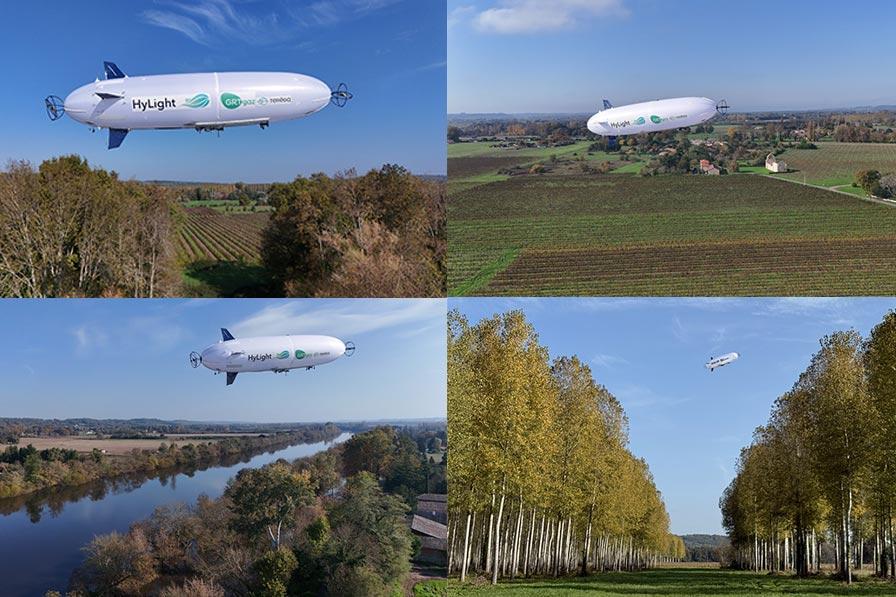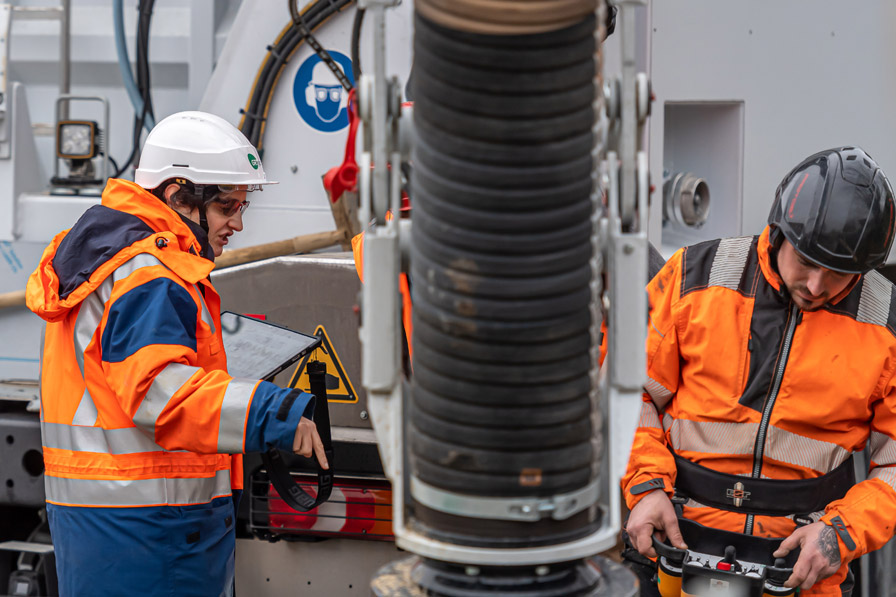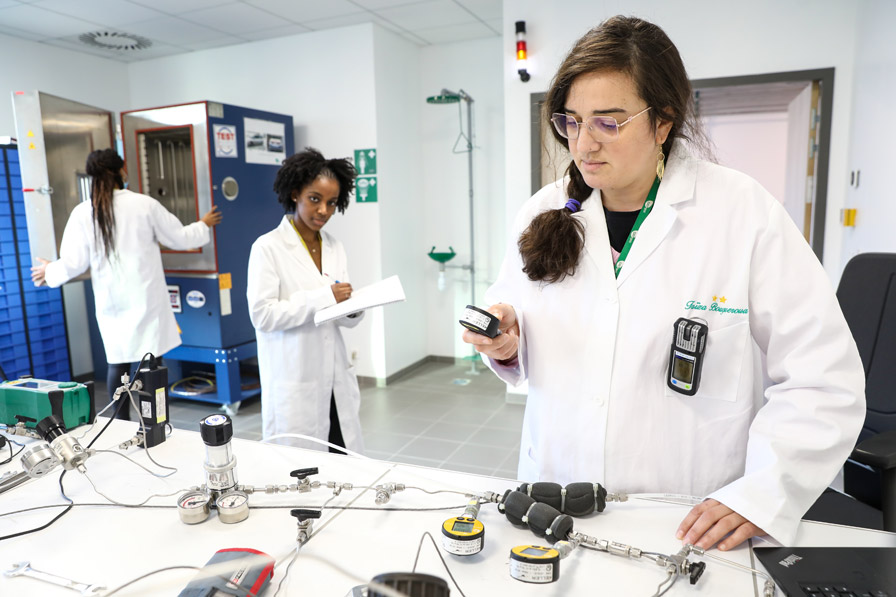To monitor its network more effectively, GRTgaz is experimenting with balloons

The balloon, which can be flown remotely and programmed, is called HyLighter 35 (HL 35) and is technically a drone. The 12-metre-long aircraft is propelled through the sky by two electric motors. On 7 November, the few inhabitants of a rural area between the Dordogne and Gironde regions were able to watch this strange craft glide gently, and almost silently, twenty metres above their heads.
The French company HyLight, at the controls of the blimp drone, carried out this very first full-scale test flight, in search of alternatives to helicopters, in particular.
"The aim of this flight campaign is to assess the operability and effectiveness of the HL35 in carrying out two inspections in a single operation: firstly, the detection of methane leaks on pipelines, and secondly, the safety inspection of the network.”Michel Pinet
Surveillance officer at GRTgaz
40 km flown in automatic mode
The test was carried out over a 40km route straddling the two regions. The trajectory of the test flight had been programmed prior to the flight. The entire mission was then carried out in automatic mode.
On board the HyLighter 35, an on-board laser sensor tracked any methane leaks, no matter how small. A 360° articulating inspection camera was also used to view the area overflown. GRTgaz placed a number of "surprise" controlled micro-leaks in several locations, in order to test the responsiveness and effectiveness of the drone and the solution developed by HyLight.
What lessons can we learn?
Firstly, the blimp drone is still very sensitive to weather conditions. During the trial, morning fog, followed by a 39 km/h wind at the end of the route, were used to test the limits of the operation.
"The wind increased beyond the acceptable restrictions for continuing the mission. Methane leak detection is significantly affected above 30 km/h wind speed", says Michel Pinet. "So we now know that autumn and winter will not be the flight periods of choice," says the surveillance officer.
Another planned improvement is the addition of a second camera to film only the laser sensor's impact zone.
"But on the whole, this experiment is very encouraging. It enabled us to see that the balloon-drone was a credible alternative for these missions," says GRTgaz's surveillance officer. It offers an ideal flying speed for leak detection and a long range, while consuming very little energy".
Although there is still a long way to go before it is finally adopted, the blimp drone could one day be added to GRTgaz's aerial surveillance arsenal. And so reduce the environmental impact of this inspection, replacing the helicopter.

